COLLABORATIVE ENTITIES & USEFUL LINKS
EMA - Emerging Energy Markets Analysis Initiative
INL - Idaho National Laboratory
White Papers
The objective of the NERC White Paper Series is to share preliminary research conducted on nuclear-related energy issues in Wyoming as they emerge to serve as a public resource. The authors of the papers are solely responsible for the content of their contributions.
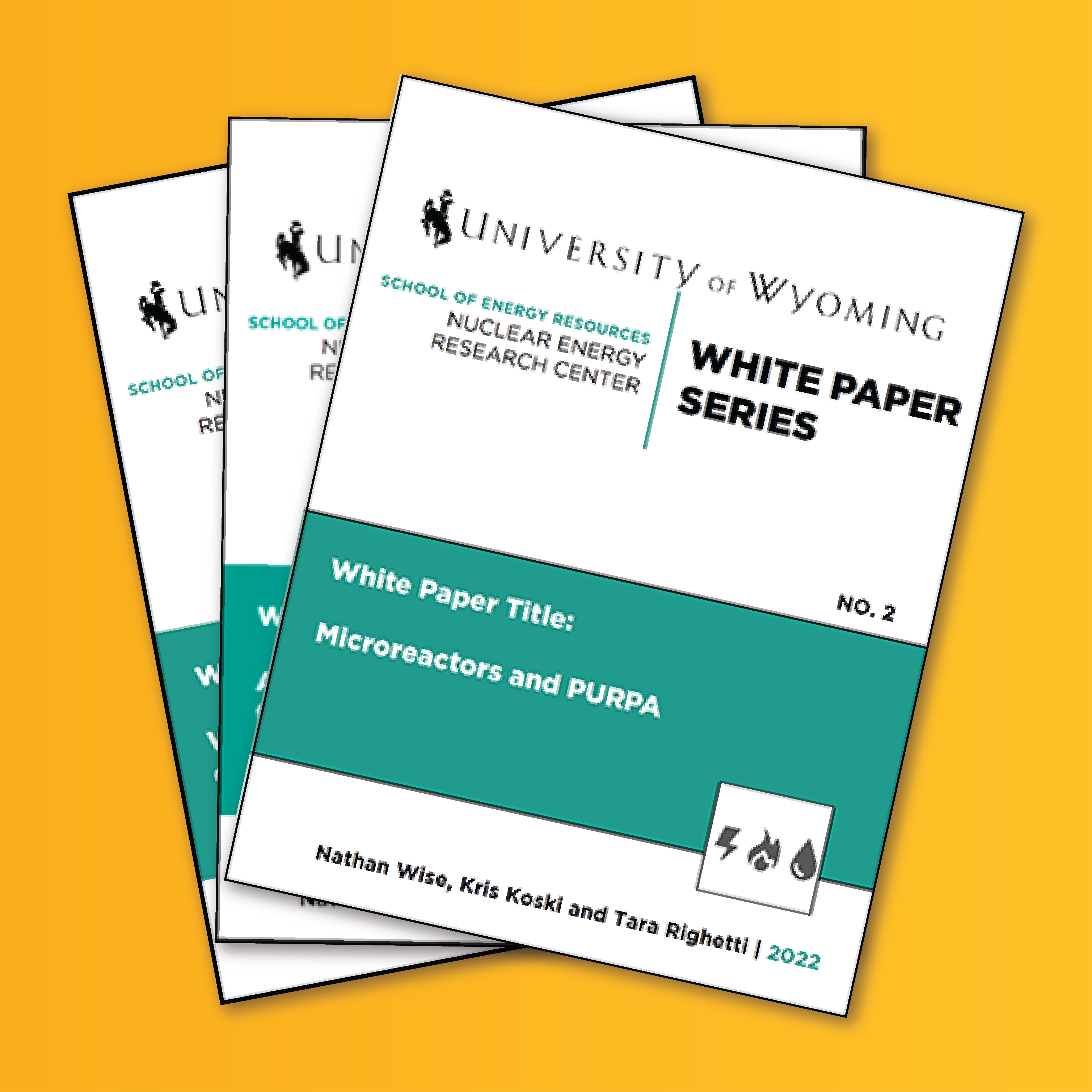
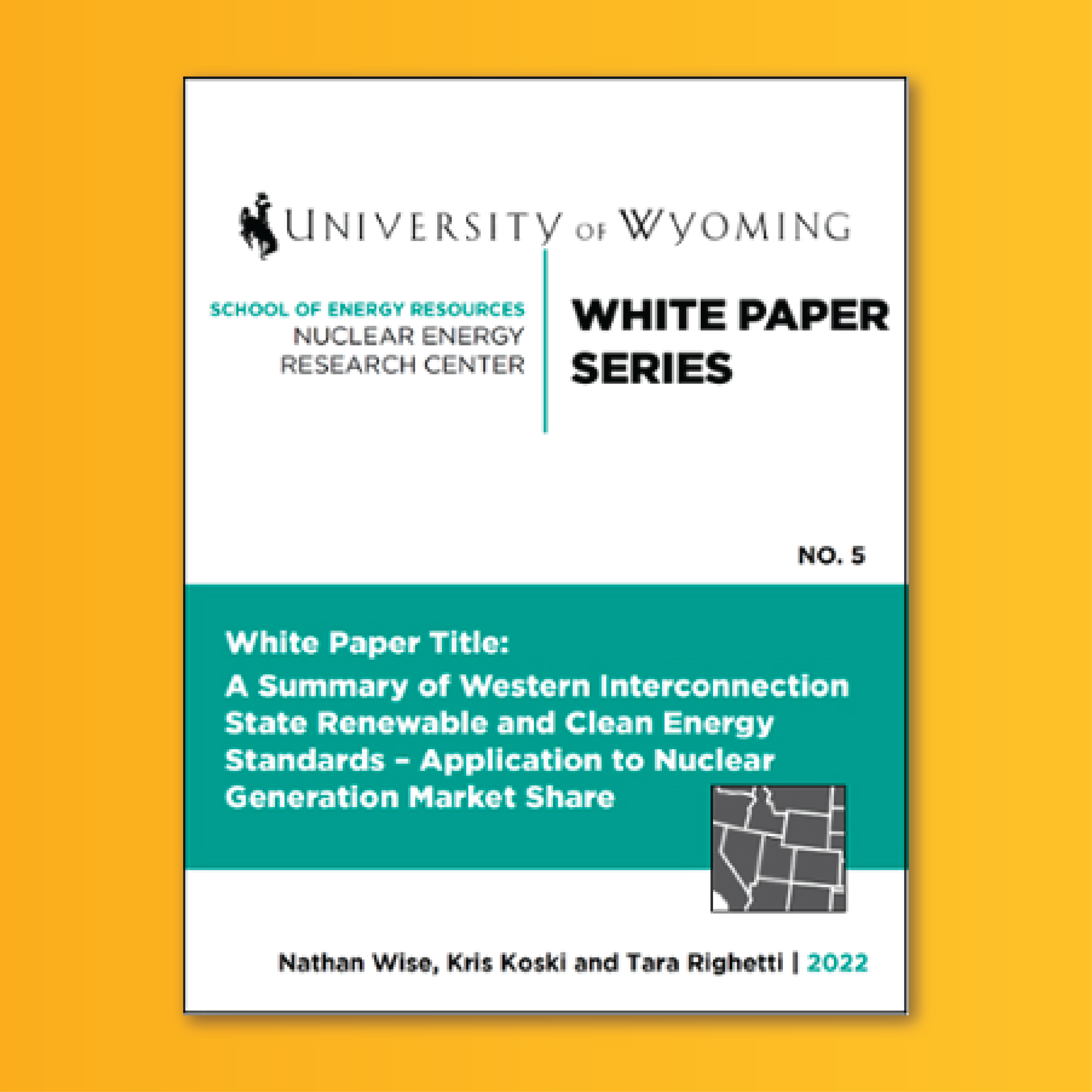 In recent years many states have adopted various renewable and clean energy portfolio
standards, low carbon fuel standards and greenhouse gas emissions’ limitations. These
electric market regulatory restrictions impact the share of generation capacity available
to various energy sources utilized in such states and, as a result, have an impact
on electricity generated in and imported from other states.
In recent years many states have adopted various renewable and clean energy portfolio
standards, low carbon fuel standards and greenhouse gas emissions’ limitations. These
electric market regulatory restrictions impact the share of generation capacity available
to various energy sources utilized in such states and, as a result, have an impact
on electricity generated in and imported from other states.
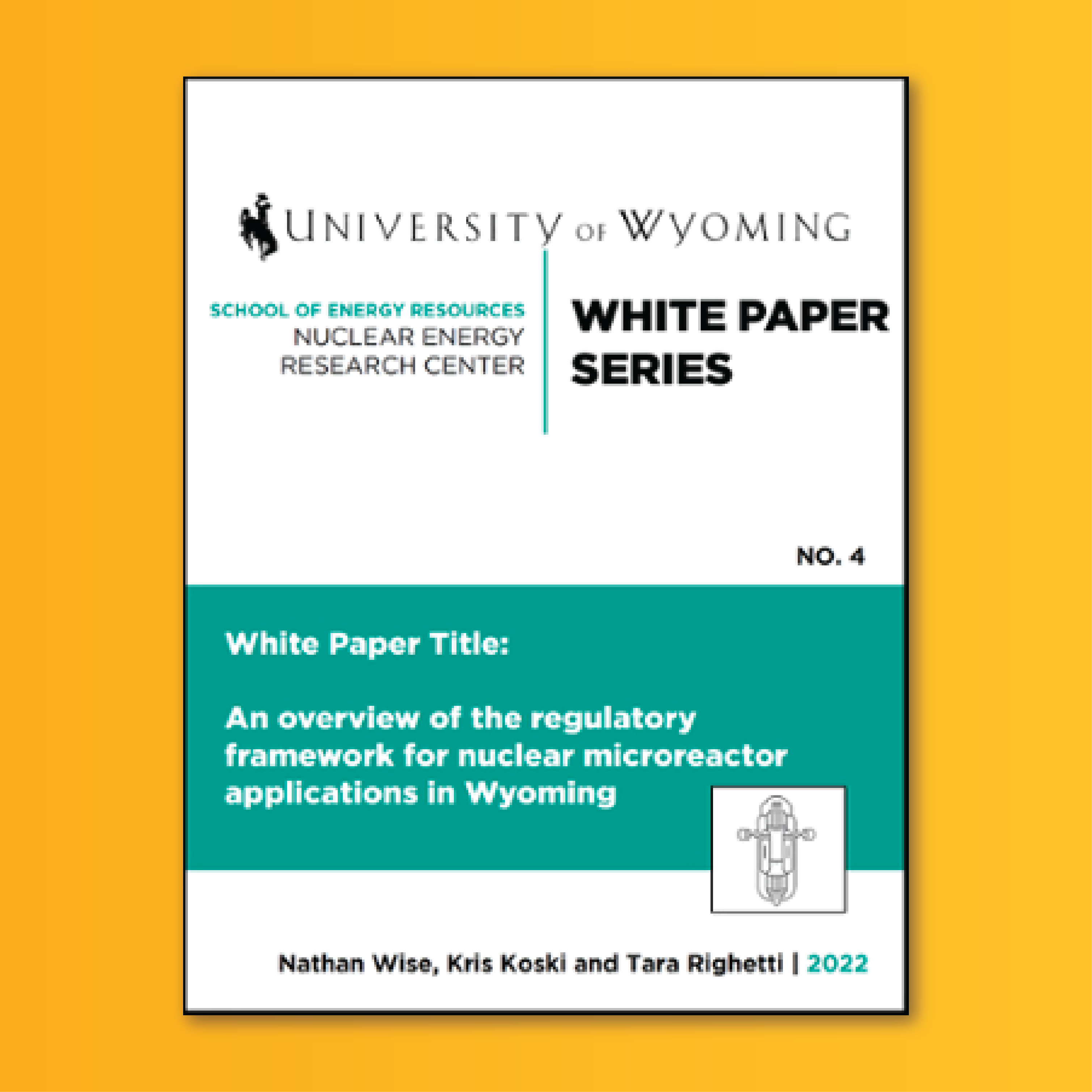 Wyoming may be well-suited for the siting of nuclear facilities, including microreactors,
due to its open spaces and its largely favorable state and local regulatory environment.
Under state law, nuclear projects may require approval from the Industrial Siting
Council approval and could be subject to county and city zoning laws. Accordingly,
local buy-in is a critical aspect for the success of any nuclear facility project.
Wyoming may be well-suited for the siting of nuclear facilities, including microreactors,
due to its open spaces and its largely favorable state and local regulatory environment.
Under state law, nuclear projects may require approval from the Industrial Siting
Council approval and could be subject to county and city zoning laws. Accordingly,
local buy-in is a critical aspect for the success of any nuclear facility project.
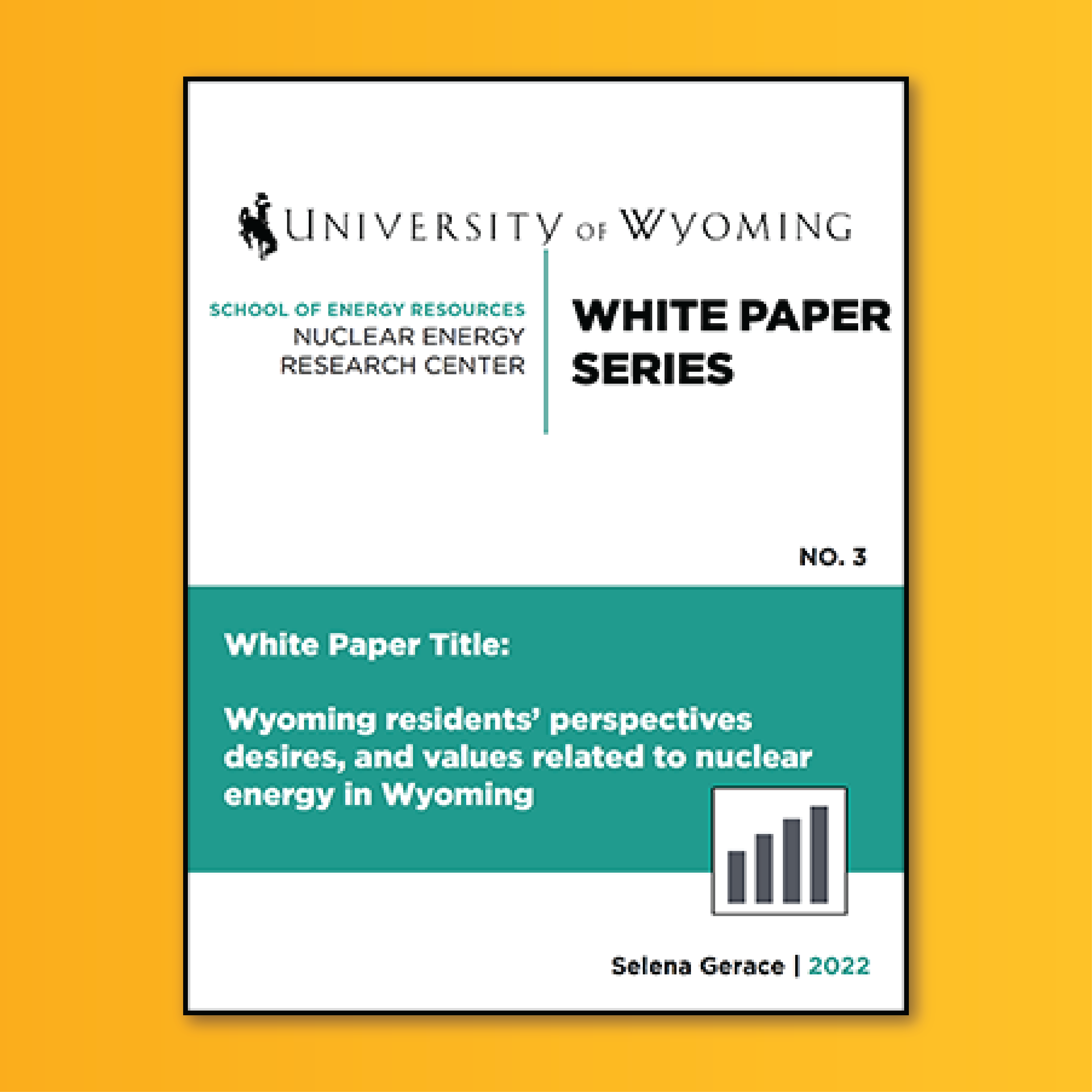 For nuclear energy to be adopted in Wyoming, either as microreactors embedded in industrial
systems or as part of zero-carbon energy hubs, residents of the state will need to
be supportive of having nuclear energy generation in their state and/or near there
communities. Public disapproval can stymie energy development projects, making the
permitting process slow, costly, and ultimately unsuccessful in some cases. While
microreactors have several potential benefits over conventional carbon-emitting forms
of energy (such as natural gas or diesel) and over renewables that typically require
large amounts of land (such as wind and solar), nuclear energy has historically suffered
from negative public perceptions, which may make industries hesitant to invest in
them. For industries to feel confident in adopting microreactor technology, it is
important to understand Wyoming residents’ current perceptions of energy in general,
their perceptions of nuclear energy in particular, their desires for the future of
their communities and the future of Wyoming, and what they value most about Wyoming.
To do these, we explore three recent studies of Wyoming residents’ perceptions, desires,
and values to determine what opportunities and barriers they present to adoption of
nuclear technologies in Wyoming.
For nuclear energy to be adopted in Wyoming, either as microreactors embedded in industrial
systems or as part of zero-carbon energy hubs, residents of the state will need to
be supportive of having nuclear energy generation in their state and/or near there
communities. Public disapproval can stymie energy development projects, making the
permitting process slow, costly, and ultimately unsuccessful in some cases. While
microreactors have several potential benefits over conventional carbon-emitting forms
of energy (such as natural gas or diesel) and over renewables that typically require
large amounts of land (such as wind and solar), nuclear energy has historically suffered
from negative public perceptions, which may make industries hesitant to invest in
them. For industries to feel confident in adopting microreactor technology, it is
important to understand Wyoming residents’ current perceptions of energy in general,
their perceptions of nuclear energy in particular, their desires for the future of
their communities and the future of Wyoming, and what they value most about Wyoming.
To do these, we explore three recent studies of Wyoming residents’ perceptions, desires,
and values to determine what opportunities and barriers they present to adoption of
nuclear technologies in Wyoming.
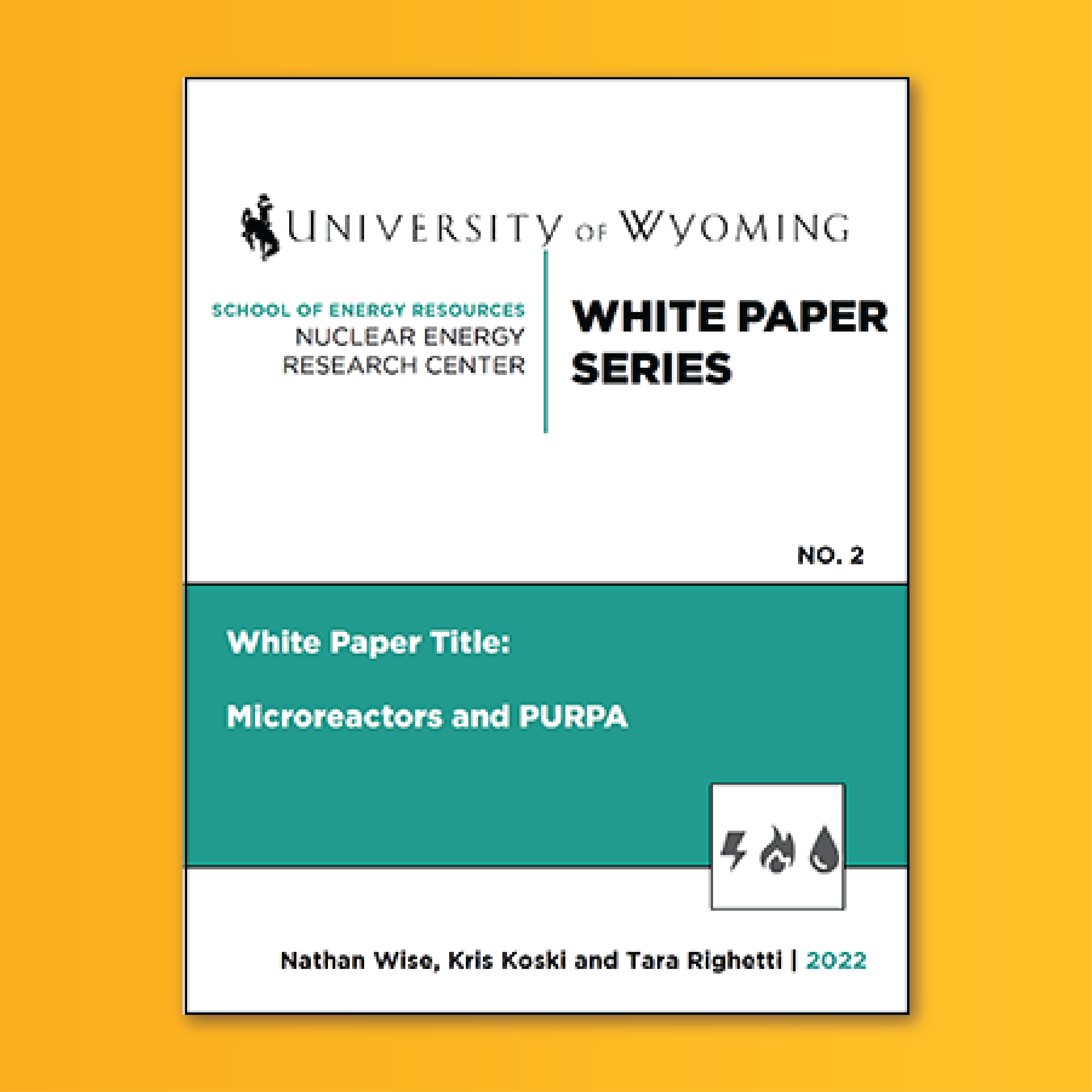 The Public Utility Regulatory Policies Act of 1978 (“PURPA”) was passed in response
to the energy crisis of the 1970s and was intended to encourage electricity conservation
and domestic energy production to reduce reliance on foreign energy sources. To benefit
from PURPA, nuclear microreactors must be Qualifying Facilities. Nuclear fuel use
does not meet the fuel use criteria to qualify as a “small power production” facility
under PURPA. See 18 C.F.R. § 292.204(b). Accordingly, for a nuclear microreactor to
qualify under PURPA, it would need to be operated as a “cogeneration facility” producing
not only electricity but also producing heat or “useful thermal energy” for use with
other systems and applications.
The Public Utility Regulatory Policies Act of 1978 (“PURPA”) was passed in response
to the energy crisis of the 1970s and was intended to encourage electricity conservation
and domestic energy production to reduce reliance on foreign energy sources. To benefit
from PURPA, nuclear microreactors must be Qualifying Facilities. Nuclear fuel use
does not meet the fuel use criteria to qualify as a “small power production” facility
under PURPA. See 18 C.F.R. § 292.204(b). Accordingly, for a nuclear microreactor to
qualify under PURPA, it would need to be operated as a “cogeneration facility” producing
not only electricity but also producing heat or “useful thermal energy” for use with
other systems and applications.
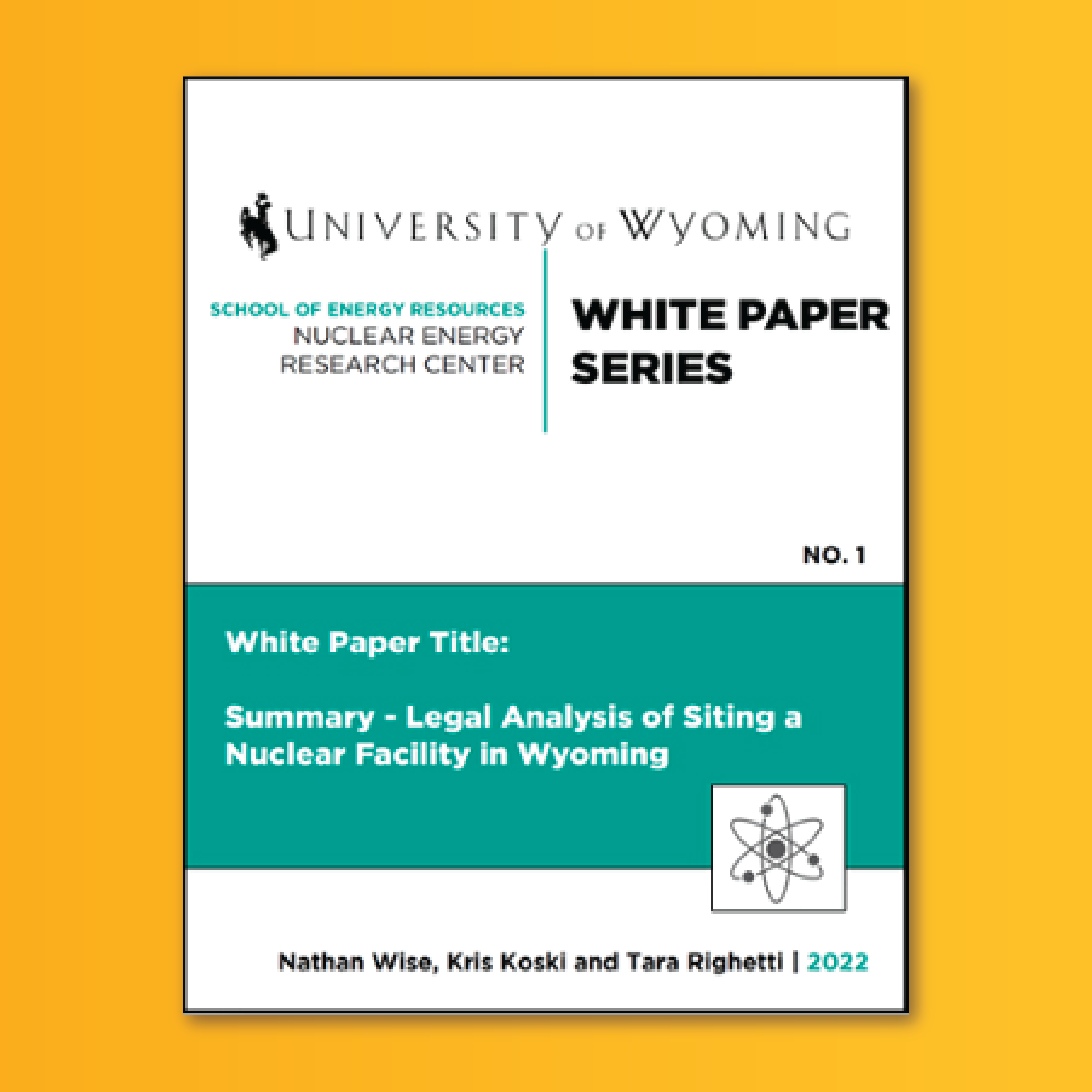 This summary provides an overview of the state and federal statutes that are applicable
to siting a nuclear facility in Wyoming, including the taxation of nuclear energy,
as well as the sale of electricity generated from a nuclear facility.
This summary provides an overview of the state and federal statutes that are applicable
to siting a nuclear facility in Wyoming, including the taxation of nuclear energy,
as well as the sale of electricity generated from a nuclear facility.
PRESENTATIONS AND EVENTS
SER hosts webinar discussions on important and timely topics dealing with energy production and policy in Wyoming. Archived recordings of nuclear webinar presentations and accompanying slides are posted here to serve as a continuing resource for interested parties.
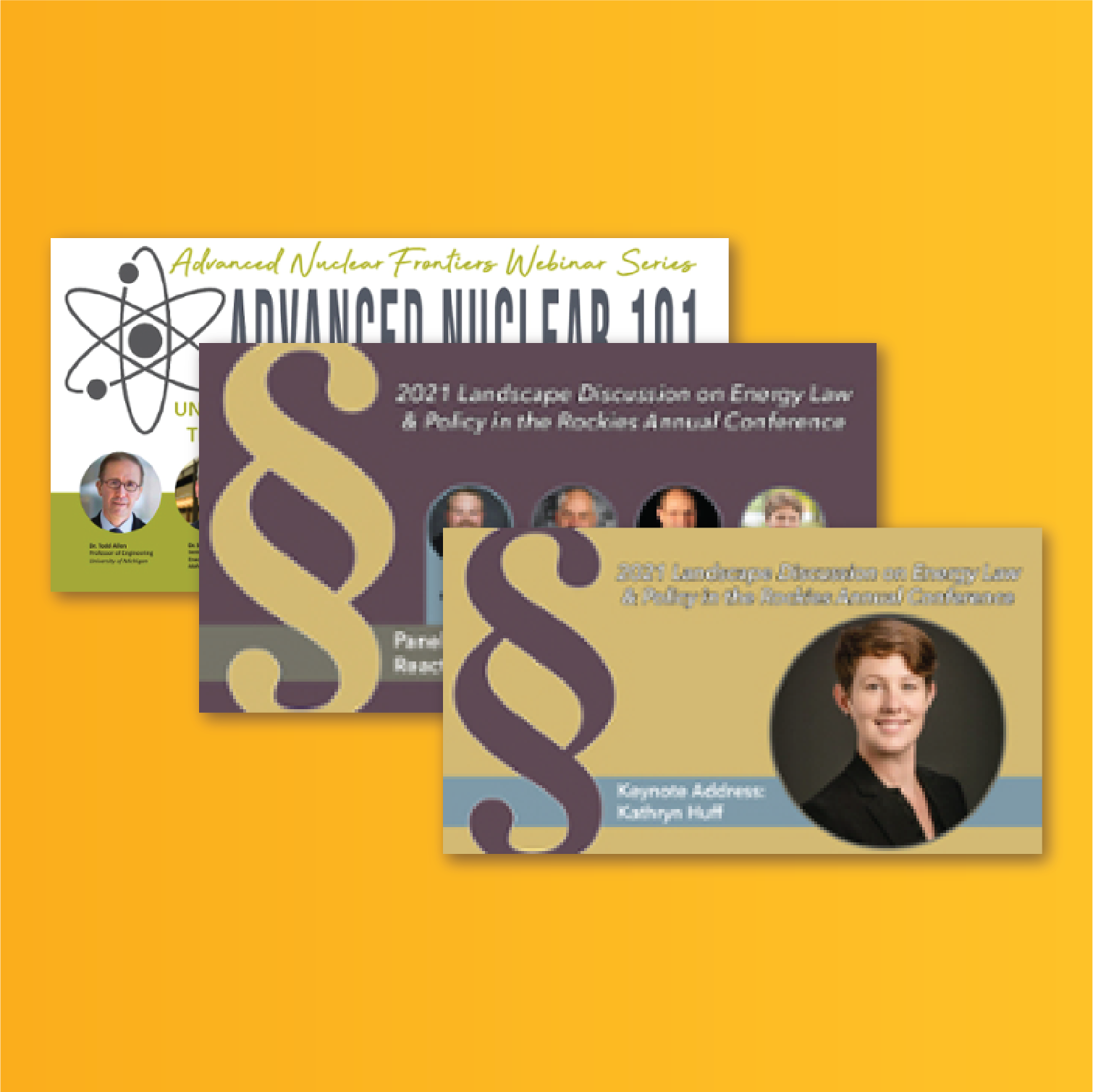
Dr. Steve Aumeier and Dr. Josh Jarrell from Idaho National Laboratory, along with Dr. Todd Allen of the University of Michigan and Dr. Glen Murrell of the Wyoming Energy Authority discuss the basics of advanced nuclear technologies, types of reactors, fuel cycles and economic opportunities for Wyoming in this overview discussion of nuclear energy.
The University of Wyoming’s School of Energy Resources (SER) and the UW College of Law’s Center for Law and Energy Resources in the Rockies (CLERR) host the annual Landscape Discussion on Energy Law and Policy in the Rockies Conference.
The University of Wyoming’s School of Energy Resources (SER) and the UW College of Law’s Center for Law and Energy Resources in the Rockies (CLERR) host the annual Landscape Discussion on Energy Law and Policy in the Rockies Conference.
The all-star panel of energy experts will dive into the legal, socio-political and environmental considerations of phase IV nuclear generation, including small modular reactors. In addition to offering a technical overview, the 90-minute panel will discuss clean energy standards, zero emission credits, licensing, regulations, and safety issues.

